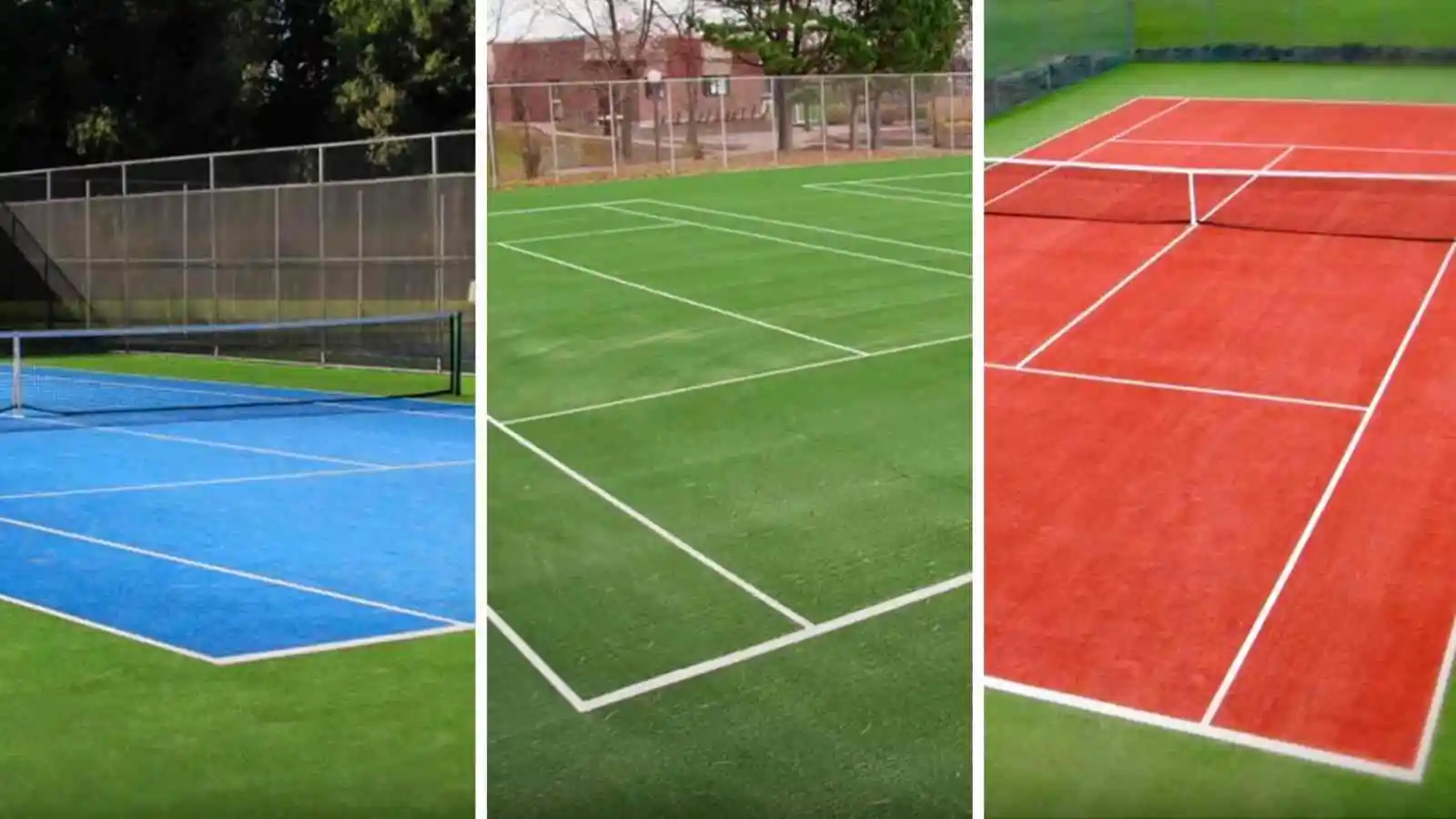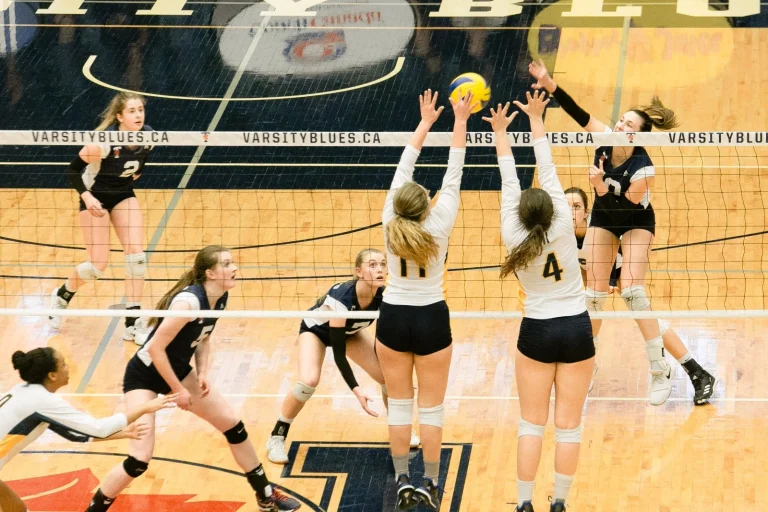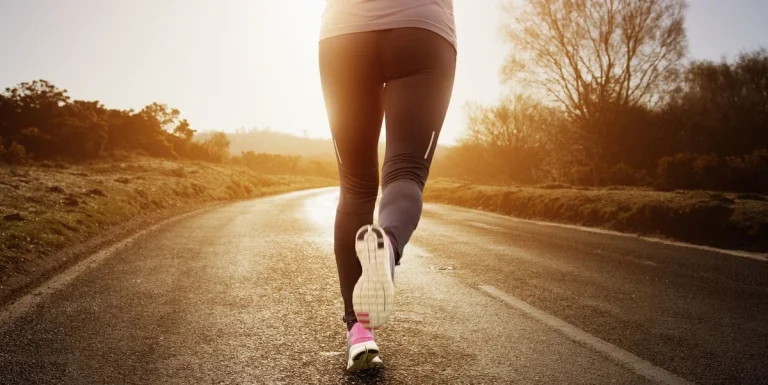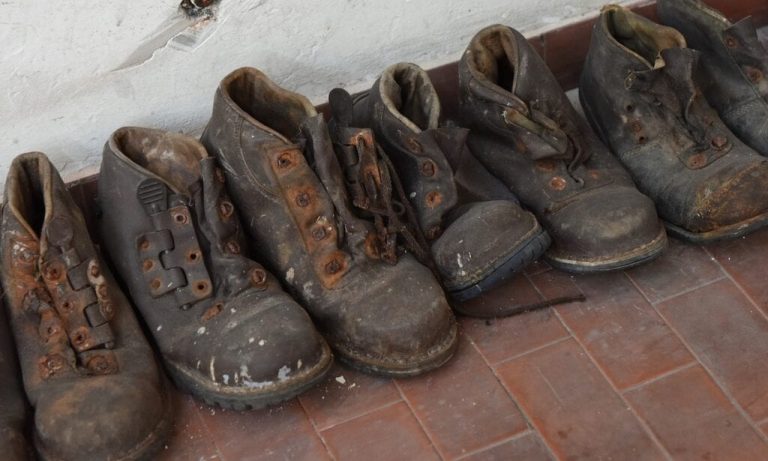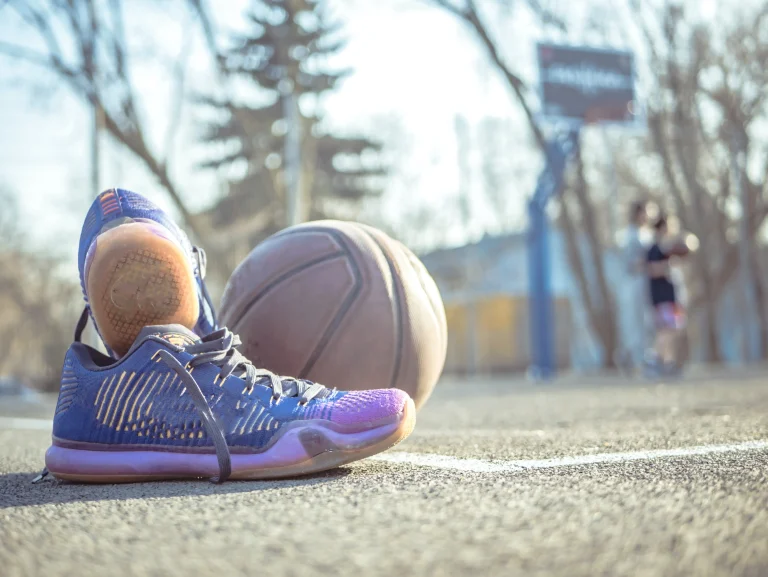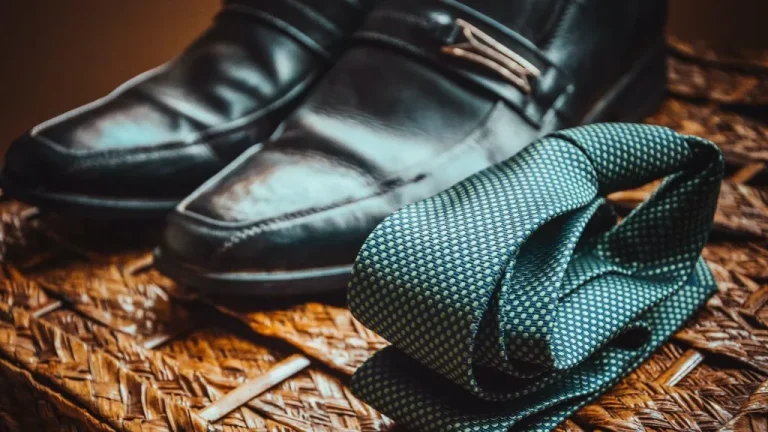What Surface Is Fastest In Tennis? How They Are Different
Speed is a crucial factor in the game of tennis, as it can greatly impact the dynamics and strategies employed by players. One key aspect that influences the speed of the game is the playing surface. Tennis is played on various surfaces, each with its own unique characteristics. In this article, we will explore the question: “What surface is the fastest in tennis?” By examining the different playing surfaces, namely grass courts, hard courts, and clay courts, we will analyze how each surface affects the speed of the game.
We will discuss the preferences of players and the implications of surface speed on playing styles and strategies. Through this exploration, we aim to provide a comprehensive understanding of the fastest surface in tennis.
The History of Tennis Court Surface Speed
The speed of tennis court surfaces has evolved throughout history, offering different playing experiences. Grass courts were the original surface, known for their fast pace and quick ball movement. Clay courts were introduced, bringing a slower game with higher bounces and longer rallies. Hard courts emerged as a popular choice, offering a medium speed and consistent bounce.
Advancements in surface technology have allowed for more control over the speed and characteristics of tennis courts. Players have adapted their game to suit different surfaces, with some excelling on faster courts while others thrive on slower ones. The history of tennis court surfaces has added diversity and excitement to the sport, providing players and fans with a range of playing experiences.
Grass Courts
Grass courts are one of the playing surfaces used in tennis. They are known for their lush green appearance and smooth surface. When it comes to speed, grass courts are considered to be the fastest among the different surfaces. The characteristics of grass courts contribute to the high speed of the game. The grass surface is relatively slick, allowing the ball to skid and move quickly off the court. This results in a faster pace of play, as the ball bounces lower and travels faster compared to other surfaces.
Wimbledon, one of the most prestigious tennis tournaments, is played on grass courts. The fast nature of the surface at Wimbledon often leads to shorter rallies and rewards players with strong serves and aggressive playing styles.
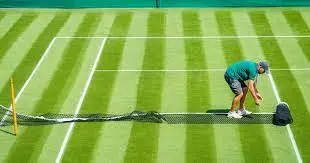
However, the speed of grass courts can also pose challenges for players. The quick movement of the ball requires quick reflexes and precise footwork. It can be more difficult to control the ball on grass, as it tends to be less predictable compared to other surfaces.
Hard Courts
Hard courts are another common playing surface in tennis. They are make with a rigid material, such as asphalt or concrete, covered with a layer of acrylic or synthetic material. In terms of speed, hard courts offer a medium pace compared to grass and clay courts. The surface of hard courts provides a more consistent and predictable bounce of the ball. This allows players to anticipate and plan their shots with greater precision. The ball tends to bounce higher on hard courts, which can result in longer rallies and more strategic gameplay.
Many prominent tournaments, including the Australian Open and the US Open, are played on hard courts. These tournaments attract a diverse range of players with varying playing styles, as the medium speed of hard courts accommodates different approaches to the game. The speed of hard courts can be influence by factors such as the type of hard court surface, weather conditions, and the ball used. Some hard courts may be faster or slower depending on their specific characteristics.
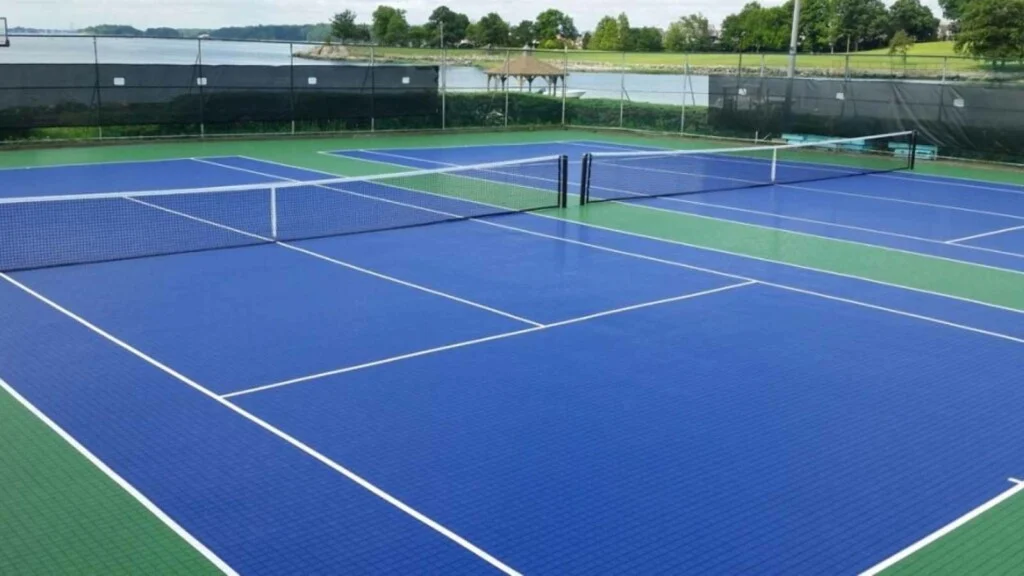
Overall, hard courts offer a balanced playing surface in terms of speed. They provide a good compromise between the fast-paced nature of grass courts and the slower pace of clay courts. The medium speed of hard courts allows for a mix of power and finesse in players’ shots, making it a popular surface for professional and recreational tennis alike.
Clay Courts
Clay courts are a unique playing surface in tennis, known for their distinctive reddish-orange color. When it comes to speed, clay courts are generally considered to be slower compared to grass and hard courts. The composition of clay courts, typically made of crushed brick, shale, or stone, creates a softer and more forgiving surface. This results in a higher bounce and slower ball speed. The ball tends to grip the clay surface, causing it to slow down and bounce higher, giving players more time to react and retrieve shots.
The slower pace of clay courts often leads to longer rallies and strategic gameplay. Players need to rely on patience, consistency, and shot placement rather than relying solely on power. The surface rewards players with good defensive skills and the ability to construct points tactically. The French Open, one of the four Grand Slam tournaments, is played on clay courts. The slower speed of the surface at Roland Garros encourages players to showcase their endurance and adaptability.
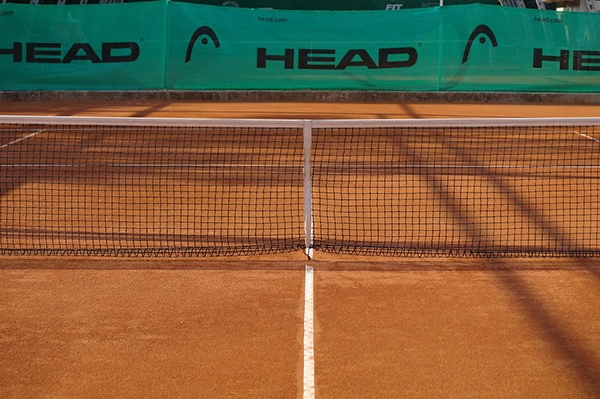
Playing on clay courts requires players to adjust their footwork and technique. Sliding is a common technique used on clay, as it allows players to move more efficiently and maintain balance during rallies.
Comparison of Speed on Different Surfaces
When it comes to tennis, the speed of the game can vary depending on the playing surface. Let’s compare the speed on different surfaces: grass, hard courts, and clay.
Grass courts are know for their fast pace. The slick surface allows the ball to skid and move quickly, resulting in a faster game. Grass courts favor players with powerful serves and aggressive playing styles. Wimbledon is play on grass courts, showcasing the exciting and fast-paced nature of this surface.
Hard courts offer a medium speed. The consistent bounce and predictable nature of hard courts allow players to plan their shots with precision. The ball tends to bounce higher on hard courts, leading to longer rallies and strategic gameplay. Tournaments like the Australian Open and the US Open are play on hard courts, attracting a diverse range of players with different playing styles.
Clay courts, on the other hand, are slower compare to grass and hard courts. The soft and forgiving surface causes the ball to bounce higher and slower. Clay courts reward players with good defensive skills and the ability to construct points tactically. The French Open is played on clay courts, showcasing the endurance and adaptability required on this surface.
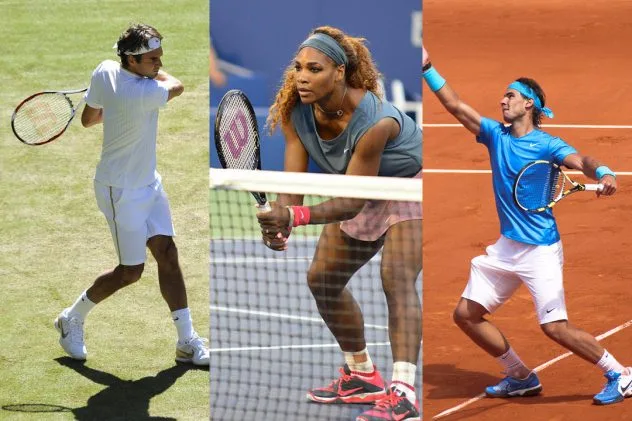
The speed of the surface can influence players’ preferences and playing styles. Some players excel on faster surfaces, utilizing their power and aggressive tactics. Others thrive on slower surfaces, relying on their defensive skills and strategic approach.
Related To: Best Tennis Shoes For Zumba
Related To: Best Asics Tennis Shoes: Men & Women
Do Tennis Balls Play a Factor?
Yes, tennis balls play a significant factor in the speed and overall gameplay of tennis. The type of tennis ball used can affect the speed, bounce, and control on different playing surfaces. Tennis balls come in various types, categorized by their felt covering and internal pressure. The two main types are pressurized and non-pressurized balls.
Pressurized balls are the most commonly used in professional and recreational tennis. These balls have a hollow core filled with pressurized air, which gives them a lively bounce and faster speed. Pressurized balls are typically used on faster surfaces like grass and hard courts, as they complement the speed of these surfaces.
Non-pressurized balls, also known as pressureless balls, have a solid core and do not contain pressurized air. These balls have a slower speed and lower bounce compared to pressurized balls. Non-pressurized balls are often used on slower surfaces like clay courts, as they help maintain a consistent pace and allow for longer rallies.
The felt covering on tennis balls also plays a role in the game. The thickness and texture of the felt can affect the amount of grip and spin a player can generate. Balls with a smoother felt covering tend to slide more on the surface, reducing spin potential. On the other hand, balls with a rougher felt covering provide more grip, allowing players to generate more spin on their shots.
Conclusion
when it comes to determining the fastest surface in tennis, grass courts are widely regard as the fastest among the different playing surfaces. The slick nature of grass courts allows the ball to skid and move quickly, resulting in a fast-paced game. Grass courts favor players with powerful serves and aggressive playing styles. However, it is important to note that the speed of the game can also be influence by factors such as the type of tennis balls used, weather conditions, and player preferences. Each surface offers its own unique characteristics and challenges, shaping the strategies and playing styles of tennis players.

